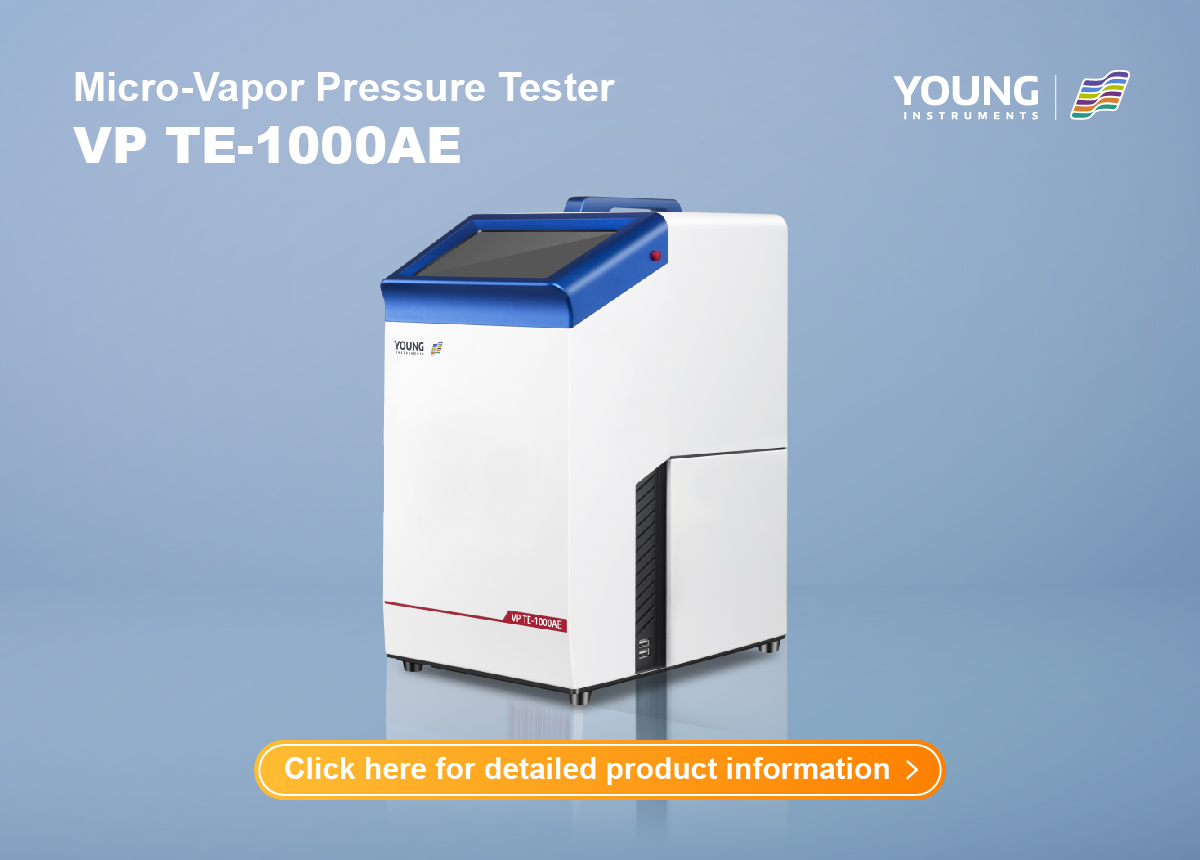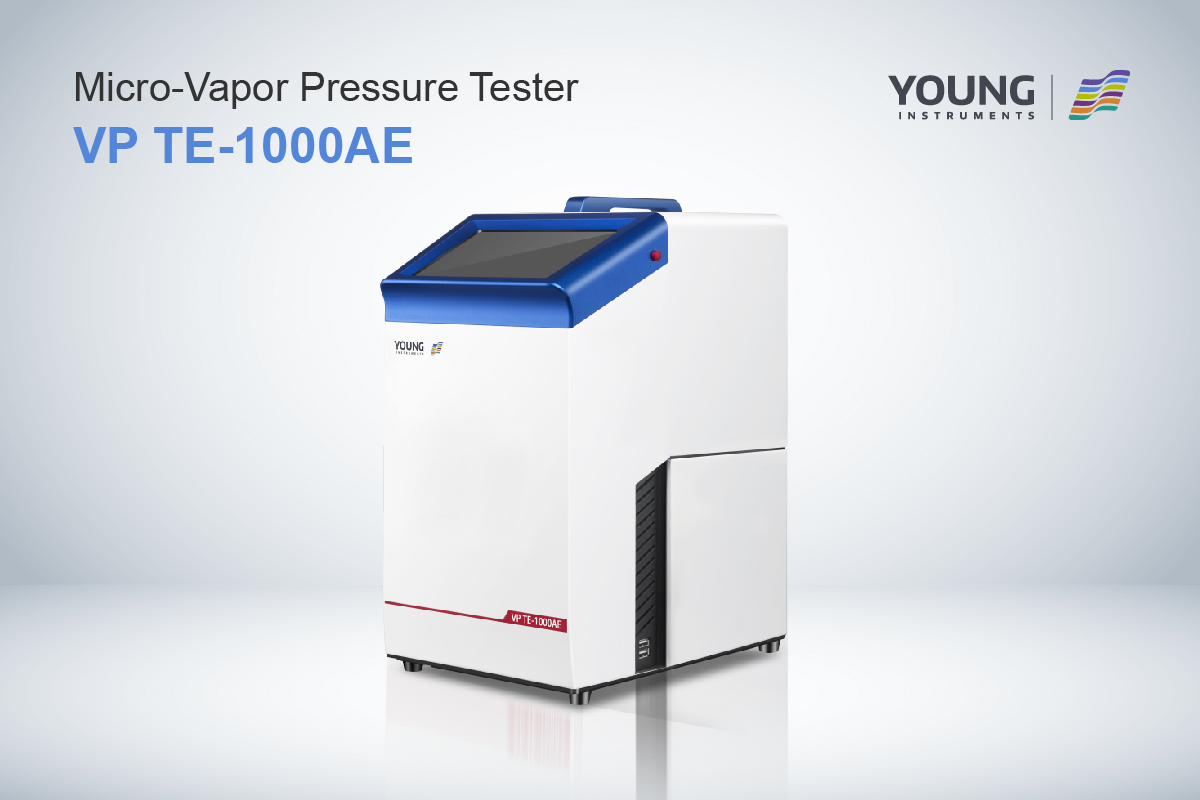Triple Expansion Method: A Detailed Explanation
If you’re curious about fuel quality, you may have come across the term “Triple Expansion Method.” This method is used to determine the vapor pressure of petroleum products, an essential factor in gasoline blending operations. Vapor pressure is the pressure exerted by the vapor of a substance in equilibrium with its liquid phase, and it is important to understand this value to optimize fuel composition and meet product specifications.
The Triple Expansion Method is a high-precision, straightforward way to determine vapor pressure. It was developed in 1999 by Dr. Grabner and is now the standard method for vapor pressure testing in the industry. This method uses a piston to expand the test chamber in three steps at a constant temperature, allowing for accurate and reliable measurements. The Triple Expansion Method is provided by the American Society for Testing and Materials (ASTM) as ASTM D6378, and it is suitable for testing samples with boiling points above 0°C that exert a vapor pressure between 6.9 and 103.4 kPa.
Principles of Operation
The Triple Expansion Method is a widely used technique for measuring the vapor pressure of liquids. It is based on the principle that the pressure of a vapor in equilibrium with its liquid is equal to the vapor pressure of the liquid. The Triple Expansion Method is so named because it involves three expansion stages that are used to measure the vapor pressure of a liquid.
Expansion Stages
The first expansion stage involves expanding the sample chamber to a specific volume. The sample chamber is then heated to a specific temperature, and the pressure inside the chamber is measured. The second expansion stage involves expanding the sample chamber to a larger volume, and the pressure inside the chamber is measured again. The third expansion stage involves expanding the sample chamber to an even larger volume, and the pressure inside the chamber is measured a final time.
Energy Conversion Process
The Triple Expansion Method is based on the energy conversion process that occurs when a liquid is vaporized. When a liquid is vaporized, it absorbs energy from its surroundings, which causes it to expand. This expansion causes the pressure inside the sample chamber to increase, which is measured by a pressure sensor. The pressure sensor is connected to a computer, which calculates the vapor pressure of the liquid based on the pressure readings from the three expansion stages.
In conclusion, the Triple Expansion Method is a reliable and accurate technique for measuring the vapor pressure of liquids. It is based on the principles of energy conversion and equilibrium, and it involves three expansion stages that are used to measure the vapor pressure of a liquid.
Design and Components
The Triple Expansion Method is a vapor pressure measurement technique that involves a series of cylinders and pistons. In this section, we will discuss the design and components of this method.
Cylinders and Pistons
The Triple Expansion Method uses three cylinders of progressively increasing diameter and/or stroke to divide the work into three equal portions. Each cylinder is equipped with a piston that moves back and forth, compressing and expanding the vapor within the chamber.
The first cylinder is the smallest and receives the highest pressure vapor. The second cylinder is larger and receives vapor that has already been partially expanded. The third cylinder is the largest and receives vapor that has been fully expanded.
The pistons in each cylinder are connected to a crankshaft, which converts the linear motion of the pistons into rotational motion. This rotational motion is used to power various machines and equipment.
Valve Gear Mechanisms
The Triple Expansion Method also uses valve gear mechanisms to control the flow of vapor into and out of the cylinders. These mechanisms regulate the timing and duration of the intake and exhaust strokes, ensuring that the vapor is compressed and expanded in the correct sequence.
There are several types of valve gear mechanisms used in the Triple Expansion Method, including the Stephenson, Joy, and Walschaerts systems. Each system has its own unique design and advantages, but they all serve the same basic function of controlling the flow of vapor.
Overall, the design and components of the Triple Expansion Method are critical to its accuracy and reliability. By using a series of cylinders and pistons, along with valve gear mechanisms, this method is able to accurately measure vapor pressure and provide valuable data for a wide range of industries.
Applications
Marine Propulsion
The Triple Expansion Method has been used in marine propulsion systems for over a century. This method is particularly well-suited for use in steam engines that power ships. The Triple Expansion Method allows for the efficient use of steam, which is important in marine propulsion systems where space is limited and fuel is expensive. The use of this method allows for the production of more power from the same amount of fuel, making it an attractive option for shipbuilders.
Industrial Usage
The Triple Expansion Method is also used in various industrial applications. One such application is in the production of petroleum products. The ASTM D6378 test method, which utilizes the Triple Expansion Method, is used to determine the vapor pressure of petroleum products. This method is highly accurate and provides consistent results. It is used by refineries and other industrial facilities to ensure that their products meet industry standards.
Another application of the Triple Expansion Method is in the production of electricity. Steam turbines that utilize this method are used in power plants to generate electricity. The use of this method allows for the efficient use of steam, which is important in power generation where fuel costs are a significant factor. The Triple Expansion Method allows for the production of more power from the same amount of fuel, making it an attractive option for power plant operators.
Overall, the Triple Expansion Method has proven to be a reliable and efficient method for the production of power in various applications. Its use in marine propulsion and industrial applications has allowed for the efficient use of fuel and the production of more power from the same amount of fuel.
Advancements and Legacy
Technological Improvements
The Triple Expansion Method has undergone significant technological improvements since its inception. The original method involved using three cylinders of increasing size to expand steam and generate power. However, as technology progressed, more efficient designs were developed. By the early 1900s, quadruple expansion engines were being used in large ships, which increased efficiency and reduced fuel consumption.
Today, the Triple Expansion Method is still used in some marine engines, but it has largely been replaced by more advanced technologies. However, the legacy of the Triple Expansion Method lives on in modern engineering. The principles of steam expansion and energy generation are still used in power generation and industrial processes.
Historical Significance
The Triple Expansion Method played a significant role in the Industrial Revolution. It revolutionized steam power and allowed for the development of large, powerful machines that drove the growth of industry. The method was used extensively in marine engines, allowing ships to travel faster and more efficiently than ever before.
The legacy of the Triple Expansion Method can still be seen today in the many machines and processes that rely on steam power. Its impact on industry and technology cannot be overstated, and it remains an important part of engineering history.








































